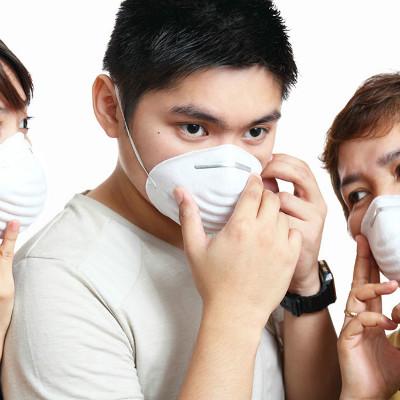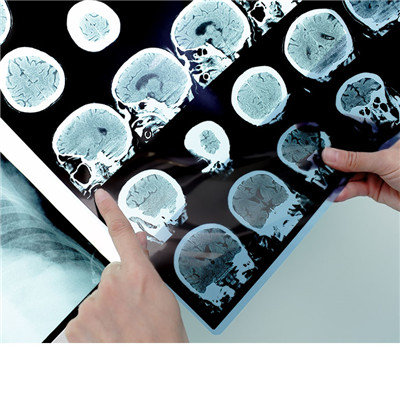Symptoms of obstructive emphysema
summary
Obstructive pulmonary emphysema can be divided into local obstructive pulmonary emphysema and diffuse obstructive pulmonary emphysema, now generally refers to chronic obstructive pulmonary disease, is a pathological change of the respiratory system. It refers to a pathological state in which the peripheral lung tissue far away from the respiratory bronchioles is persistently dilated due to the increase of residual air volume, accompanied by destruction of alveolar septum, resulting in decreased elasticity and increased volume of lung tissue. What about the symptoms of obstructive emphysema?
Symptoms of obstructive emphysema
The main symptom of the patients with pathological changes of emphysema is dyspnea, which only occurs in physical labor. With the aggravation of emphysema, dyspnea gradually aggravates, and even dyspnea occurs at rest. When combined with respiratory tract infection, symptoms worsen, and can appear hypoxia, acidosis and so on.
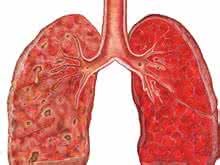
In severe emphysema, the anterior and posterior diameter of chest increased, the appearance was barrel shaped, and the intercostal space was full. The echo of chest increased, the boundary of heart murmur reduced or disappeared, and the boundary of liver murmur decreased. The breath sound and voice were weakened, and the exhalation was prolonged. Sometimes dry and wet rales could be heard at the bottom of both lungs. The heart sounds low and far away. The X-ray findings are not sensitive enough in the early stage of the disease because of the lung hyperinflation, the increase of residual volume and the increase of lung transparency. In severe emphysema, the chest is full, the ribs are flat and the intercostal space is widened. In the lateral view, the anterior and posterior diameter of the thorax increased and the retrosternal space was too wide. The diaphragmatic position moved down and the diaphragmatic dome became flat. The transparency of the two lungs increased, and the vascular texture of the lung field was thin and sparse. The heart shadow is vertical and narrow. Under fluoroscopy, the activity of thorax and diaphragm decreased. There are also manifestations of increased lung texture, increased lung transparency is not obvious, hilar pulmonary artery widened, the heart often expanded.
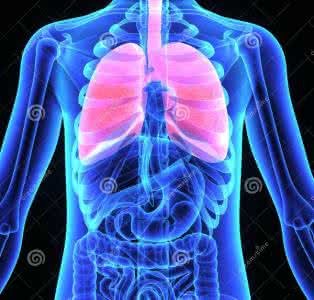
Some proteolytic enzymes in the body can digest lung tissue, while anti protease can inhibit elastase and other proteases. The balance of protease and anti protease is an important factor to maintain the normal structure of lung tissue from destruction. There are two sources of protease in lung tissue: exogenous protease from bacteria and mold, endogenous protease from neutrophils and alveolar macrophages. Smoking increased elastase activity and inactivated anti protease.
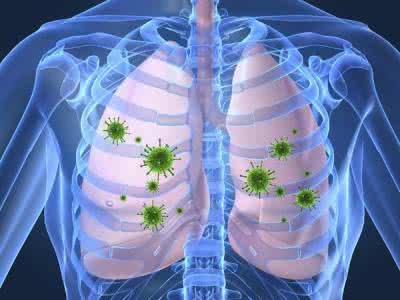
matters needing attention
On the basis of expectoration and other symptoms, patients are more likely to develop gradually aggravating symptoms of dyspnea. Therefore, when emphysema occurs, further treatment is needed. The nursing of chronic obstructive pulmonary emphysema needs to pay attention to further respiratory muscle exercise, and for the sake of health, it is suggested that these patients with emphysema actually need to do more abdominal breathing.


